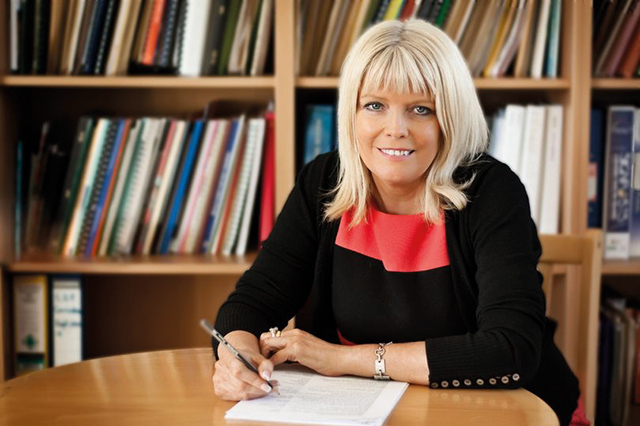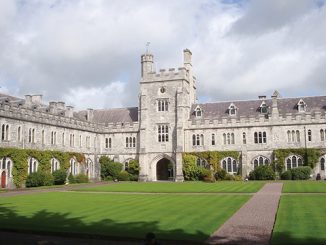
[dropcap]A[/dropcap] new initiative has been introduced to tackle gender imbalance within professorships in Irish universities. If the education system needs to be reformed, it needs to begin at the grass-roots level with girls and young women being encouraged into areas in which they are currently under-represented.
The government will fund a project worth over €6m that allows for female-only candidates to apply for a professorship in particular sectors. The initiative was announced in November by Minister of State for Higher Education, Mary Mitchell O’Connor, and aims to create up to 30 posts for female senior academics.
The ‘women-only professorships’ have been the subject of much debate over the past week as people question whether or not it is the best solution to eradicating gender imbalance in academia. As it currently stands, women make up just over 50 percent of university lecturers but only count for 24 percent of professors in Ireland.
The seven Irish universities have welcomed recommendations of the Gender Equality Action Plan 2018-2020 and have “[committed] to working with the Department of Education to accelerate progress in gender balancing” according to Director General of the Irish Universities Association, Jim Miley.
This plan recognises that certain sectors within universities require extra measures to ensure adequate female representation among senior academics, for example, areas such as engineering and science will see ‘female-only’ professorships proposed.
Among other measures to be adopted by the plan is the ambition to achieve gender balance among the pool of candidates considered for all academic positions, where quotas are not met, candidates will also be head-hunted by third-level institutions.
The main argument currently unfolding on this issue is that the discrimination of men is being used to eradicate the discrimination of women. As it stands this argument is valid but flawed, as the main reason for this initiative being proposed is to eradicate gender imbalance within disciplines significantly lacking in female representation.
Engineering will be a discipline affected by the female-only recruitment as it currently only has 15 percent representation of females in academic positions. The same rigorous processes of selection and recruitment will remain in place for these female-only professorships that exist at present.
The initiative will attract female academics at the top of their game into positions in which they are currently underrepresented. The opportunity for men to progress within academia will not be hindered, it is simply an introductory measure to ensure a culture of equal opportunities is created to benefit future generations of academics.
It is estimated that without the introduction of female-only professorships, it would take two decades to achieve gender balance in senior academia with an increase of one or two percent success rates in female professorships. The female-only initiative simply just accelerates this ambition, so that one day, equal opportunities will be the norm.
Despite these being positive developments within academia, the issue of under-representation of women stems from further down the educational path – post-primary school. Within the secondary school education system, an emphasis is placed upon certain subjects as being more suited to girls than others.
Many all-girls schools don’t even offer subjects such as engineering or construction studies, this discourages young women from these disciplines from the early stages of their education. For a reformation of the education system to work, it should start from the ground up with young girls welcomed and actively encouraged to join areas in which they are underrepresented.
Áine O’Boyle
Image Credit: Karl Jordan on IrishMirror.ie



